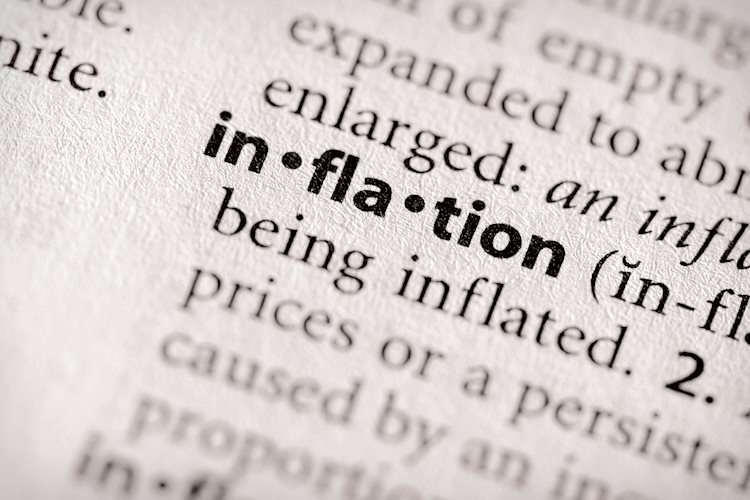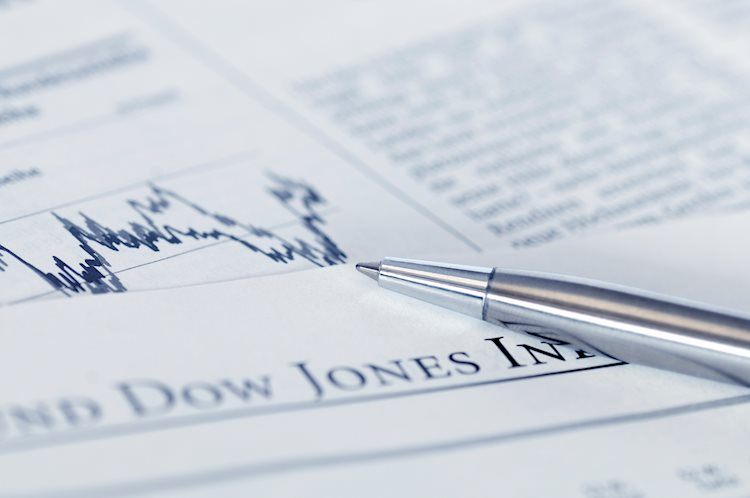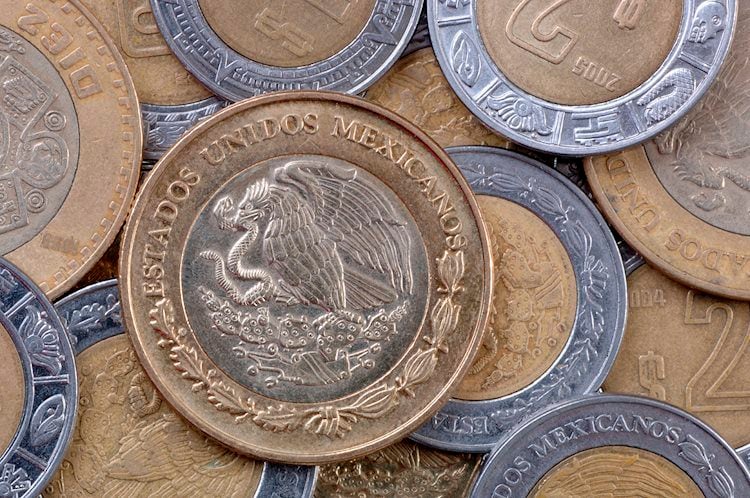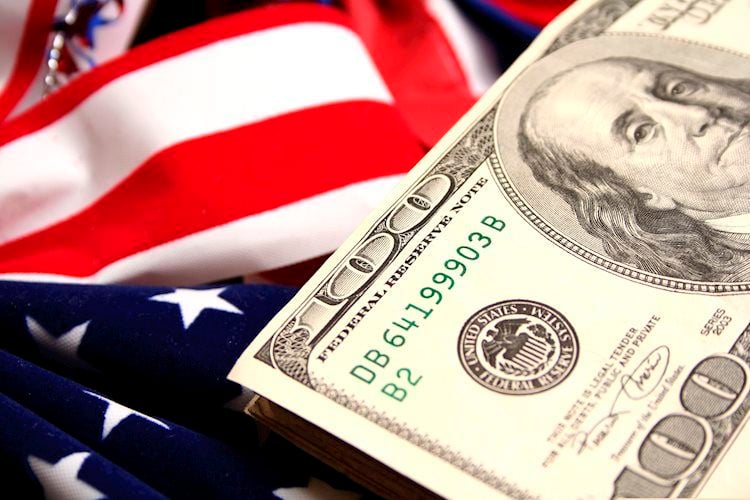This week, precious metals markets have had a mixed performance as inflation fears drive divergences across asset classes.
Despite the Fed’s apparent plans to cut its Treasury purchases in the coming months, the bond market is rebounding strongly. Bond buyers are betting that inflation will be a non-issue for many years.
Long-term holders of these debt instruments are effectively betting that inflation will not even reach the Fed’s 2 percent target over the next decade, with the 10-year Treasury yield trading below 1.3 percent. Either that, or they’re content with a negative real return.
It’s a conundrum for income investors looking for low-risk ways to make little profits. Bonds may now offer more risk than reward as a result of the Federal Reserve’s dual rate-cutting and inflation-stimulating policies.
By comparison, the bond market’s negative real yield realities make holding precious metals more appealing. Despite the fact that bond yields are falling, gold and silver markets aren’t seeing much of a paper price gain right now.
As the summer lull continues in the metals markets, bullish analysts believe a seasonal low will be established soon, if it hasn’t already.
Rising expectations of Fed monetary tightening and falling inflation expectations have weighed on gold and silver prices.
Officials at the Federal Reserve are grappling with an inflation conundrum, according to minutes released this week from their most recent policy meeting.
On the one hand, they anticipate a reduction in recent price increases. Some FOMC members, on the other hand, are concerned that rising housing costs in many parts of the country pose a growing threat.
The Federal Reserve should begin tapering its purchases of mortgage-backed securities sooner rather than later, according to these more hawkish policymakers.
The average price of a home in the United States has risen 13% in the last year, raising fears of another Fed-fueled housing bubble. Meanwhile, the Federal Reserve is downplaying and understating real-world price inflation. Its so-called “core” inflation gauge ignores food and energy costs entirely and substitutes rents for housing prices.
Tyler Mathisen of CNBC is now calling out the Fed’s “core” inflation deception.
CNBC’s Tyler Mathisen: That the Federal Reserve and market players are underestimating inflation risk… it appears that they are admitting that they underestimated inflation risk in these headlines. By the way, as a personal aside, I’m always tickled/concerned at the idea of excluding food, volatile food, and petrol costs from the core inflation figure. I can’t think of anything more fundamental to the American way of life than eating and driving.
So, clearly, they want to err on the side of too much stimulus, too much inflation, knowing that they can tamp it down later. Jack Ablin – Cresset: That said, I believe there are two areas where we should concentrate our efforts, not just the food and energy aspects that you mention, but also labor expenses, which are beginning to rise, and housing prices.
CNBC’s Ylan Mui: According to the Fed Minutes, the participants do not believe that much additional progress has been made. However, there was discussion about how to taper it and if MBS, or mortgage-backed securities, should be sold first or possibly more quickly than treasuries since, according to the Minutes, there was concern about housing market valuation pressures.
Fed observers expect the central bank to start tapering its asset purchases by the end of the year or early in 2022. Rate hikes are also expected by 2023, or possibly as soon as next year, depending on the economic outlook.
That picture could drastically differ from what many assume now. It’s certainly feasible that rising inflation pressures will push the Fed to raise rates considerably faster than anyone currently expects. It’s also feasible that market gyrations and a flood of new Treasury debt will push central bankers to abandon tapering discussion before any tapering occurs.
One thing the Fed will almost surely succeed in doing is keeping inflation rates above nominal interest rates, especially the phony “core” rate it announces. Negative real interest rates, in other words, aren’t going away anytime soon.
As a result, risk-averse investors will continue to confront the same dilemma of deciding where to seek safety. Bonds and savings vehicles with yields below inflation provide the assurance of guaranteed actual losses.
For others, it may be preferable to risk higher losses in more volatile asset sectors by taking regular and predictable declines in purchasing power.
Despite this, it is feasible to survive and even prosper in a low-rate, high-inflation economy. It’s important to remember that combating inflation isn’t always a simple trip. Inflationary inflows may cause your favorite assets to rise in value one week. Liquidity may shift out of certain assets and into others during the coming week.
The obvious strategy to reduce volatility is to diversify widely. According to academic studies, an investment portfolio with a moderate allocation to physical precious metals outperforms one with purely financial assets on a risk-adjusted basis.
There have been and will continue to be days when the stock and bond markets fall in value while gold rises. And, if years of stagflation such to those seen in the late 1970s are on the way, precious metals markets could be in for years of outperformance./n





